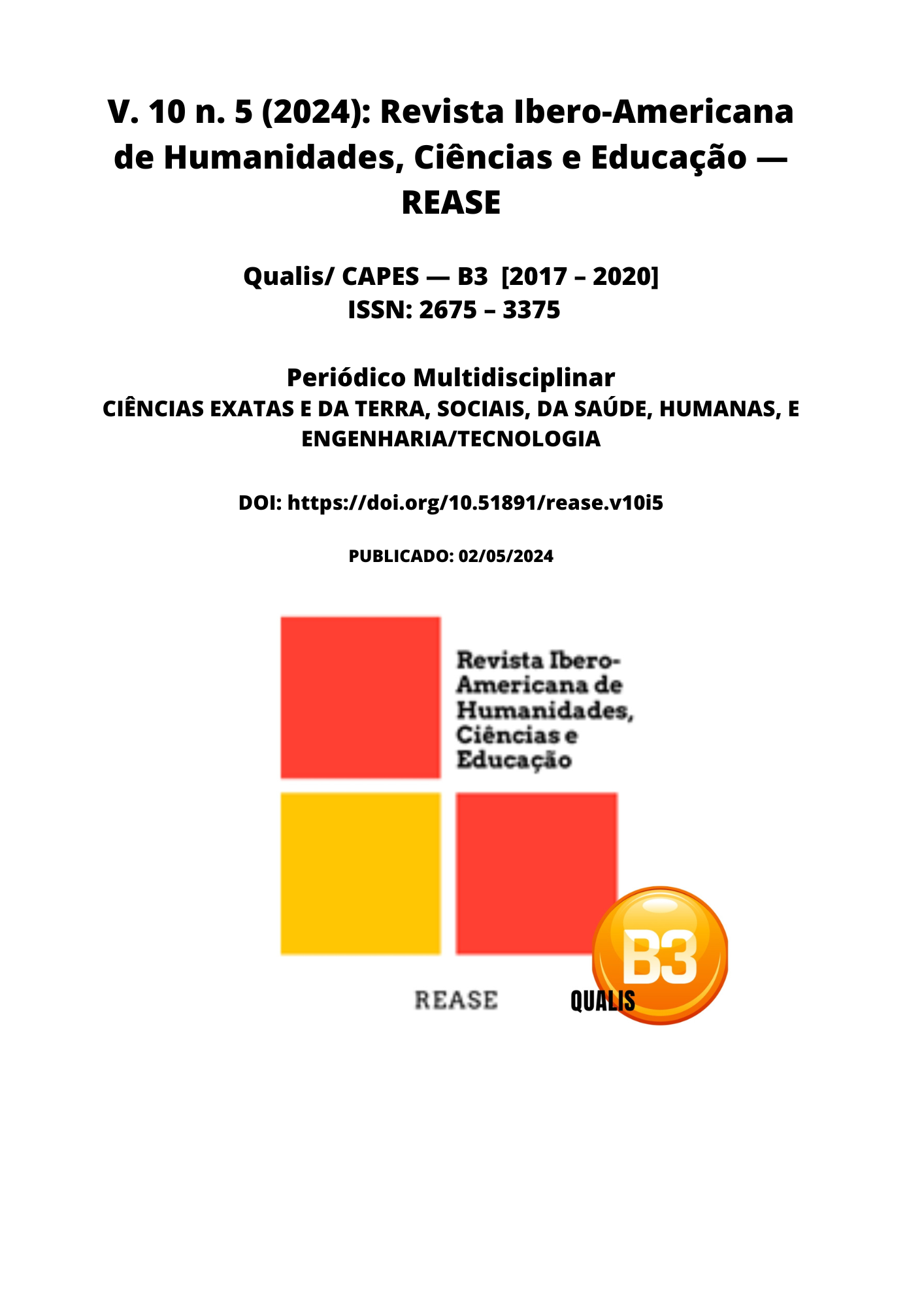STALKING CRIME AND VIOLENCE AGAINST WOMEN
DOI:
https://doi.org/10.51891/rease.v10i5.14117Keywords:
Stalking crime. Persecution. Violence.Abstract
The crime of stalking is established through repeated and persistent persecution behavior, harassment aimed at a specific victim, where the victim does not want it. It is practiced in a series of acts that can be physical proximity, unwanted contact, surveillance, sending objects as gifts and letters with declarations of love, insults, and even threats. In some cases, it can result in physical and sexual assaults and even homicide. The crime of stalking can be manifested especially after the end of romantic relationships, but it is not a rule, and can occur in several other contexts, such as the stalking of celebrities. Predominantly, these victims are female and their stalkers are of the opposite sex. Some have mental disorders. The damage caused by it is not just physical, it can lead to psychological problems and a drastic change in the lives of the victims. Stalking in Brazil was considered only as a criminal misdemeanor of disturbing the peace, with criminalization in Brazil, this scenario becomes another contribution to women who suffer daily at the hands of those who practice this violence.
Downloads
Downloads
Published
How to Cite
Issue
Section
Categories
License
Atribuição CC BY

